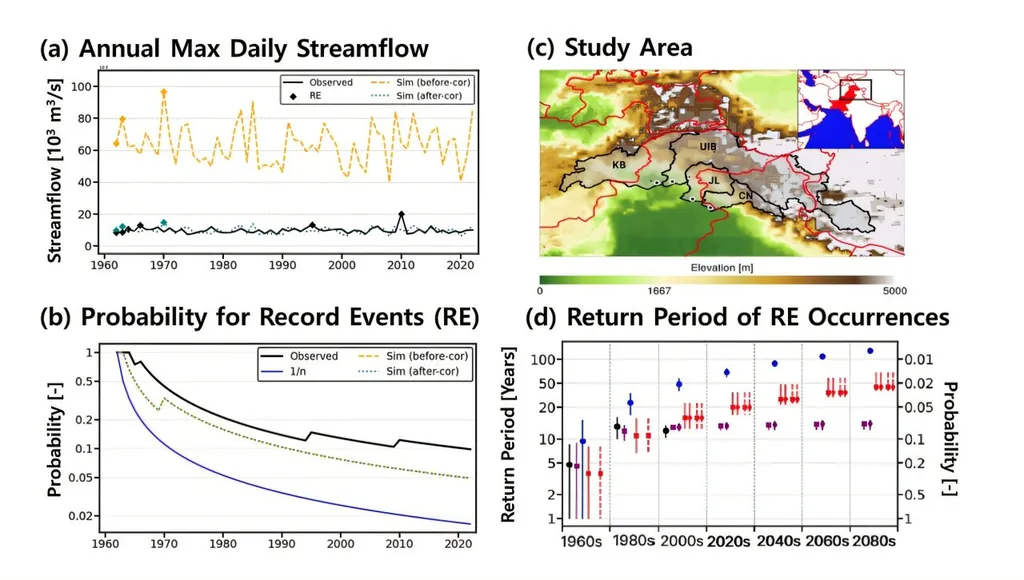In the heart of Pakistan’s Sindh province, where the encroaching desert threatens the livelihoods of millions, a groundbreaking study offers a beacon of hope for environmental forecasting and smart city applications. Led by Kalsoom Panhwar from the Department of Computer Systems Engineering at the University of Sindh, the research introduces a novel framework that harnesses the power of artificial intelligence and satellite imagery to predict desertification trends with unprecedented accuracy.
The Spatio-Temporal Desertification Predictor (STDP) framework, detailed in a recent paper published in *Future Internet* (which translates to “The Future Internet”), integrates deep learning techniques with next-generation satellite imaging to provide time-series desertification forecasts. This innovative approach combines Convolutional Neural Networks (CNNs) for spatial feature extraction with modified Long Short-Term Memory (LSTM) networks enhanced by multi-head attention mechanisms to capture temporal dependencies.
“Traditional monitoring methods often fall short in providing the accuracy and temporal resolution needed for effective early warning systems,” explains Panhwar. “Our framework addresses this gap by leveraging advanced AI techniques to process high-resolution satellite imagery and environmental data, offering a more precise and timely prediction of desertification trends.”
The STDP framework’s encoder–decoder architecture is designed to fuse environmental variables through an adaptive data integration layer, ensuring that the model can handle the complexities of real-world data. Hyperparameter optimization further enhances the model’s performance, making it suitable for deployment in edge computing environments.
Experimental validation on a 15-year satellite dataset (2010–2024) demonstrated the framework’s superior performance, with a mean squared error (MSE) of 0.018, a mean absolute error (MAE) of 0.079, and an R-squared value of 0.94. These results represent a 15–20% improvement in prediction accuracy over traditional CNN-only, LSTM-only, and hybrid baselines.
The implications of this research extend far beyond the agricultural sector. For the energy sector, accurate environmental forecasting can inform the development of renewable energy projects, such as solar and wind farms, by identifying regions at risk of desertification. This proactive approach can mitigate potential losses and ensure the sustainability of energy infrastructure.
“Our framework provides actionable signals for environmental management and policy-making,” says Panhwar. “By forecasting desertification trends through 2030, we aim to support decision-makers in implementing timely interventions that protect both the environment and the socio-economic stability of vulnerable regions.”
The integration of AI with satellite-based Earth observation offers a scalable path for real-time environmental monitoring, particularly in IoT and edge computing infrastructures. As the world grapples with the challenges of climate change, the STDP framework represents a significant step forward in the fight against desertification and a testament to the power of interdisciplinary research.
This research not only advances the field of environmental forecasting but also underscores the potential of AI to drive innovation in smart city applications. By providing accurate and timely predictions, the STDP framework empowers communities to take proactive measures, ensuring a more sustainable and resilient future.

